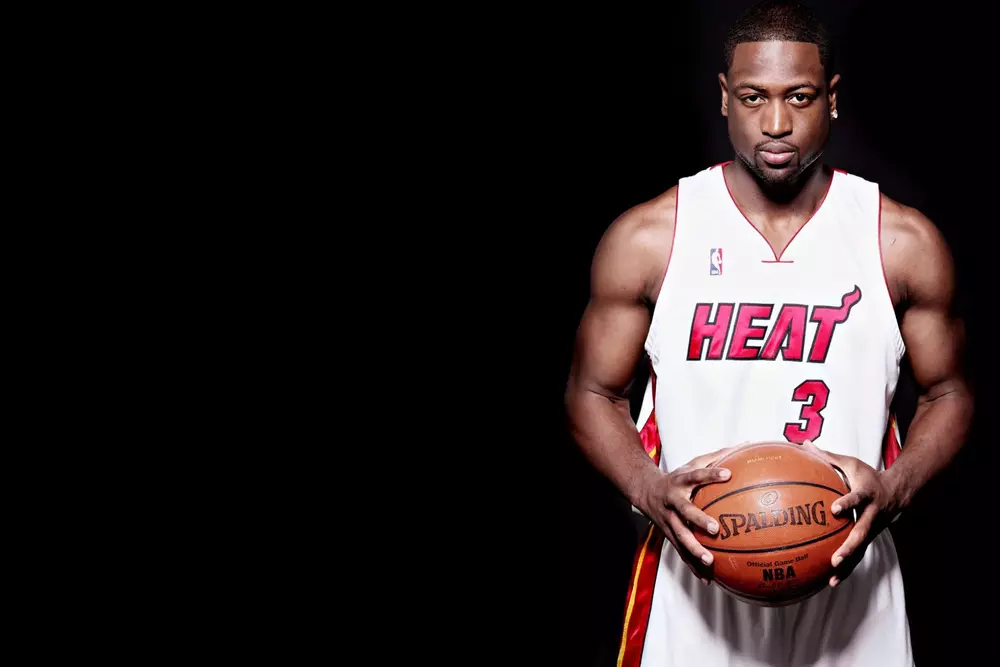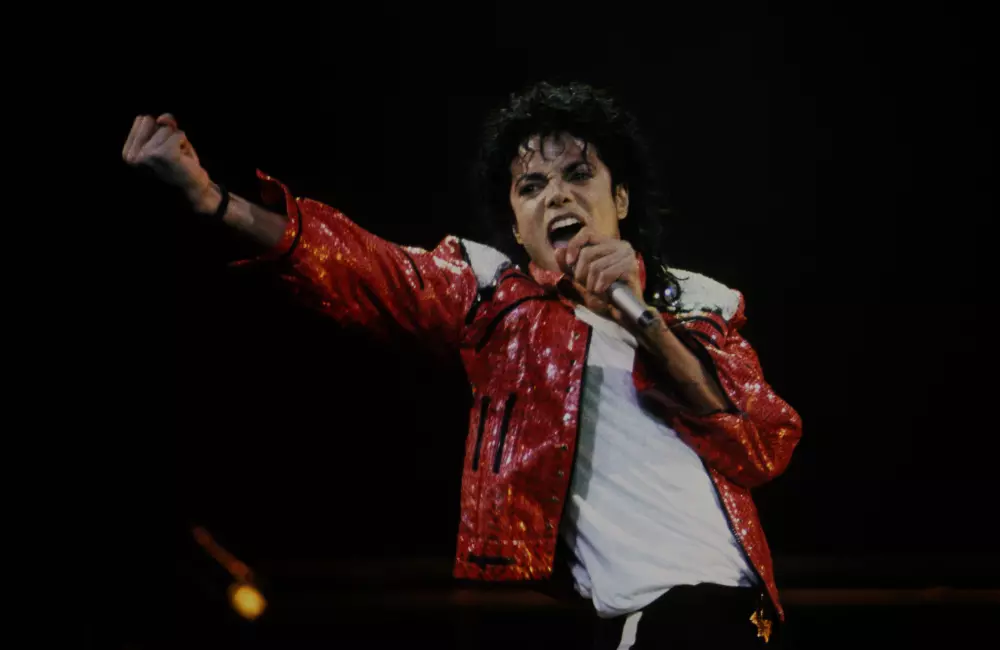Basketball has long ceased to be merely a game with a ball and a hoop — especially when it comes to the NBA. This league has become a true symbol of American culture and global sport. Each season, millions of viewers worldwide follow the games, debate the best players, and discuss the fate of teams. But behind the spectacular dunks and big names lies a long and rich history worth exploring.
What is the NBA?
The NBA is the premier basketball league in the world, uniting 30 professional clubs from the USA and Canada. The abbreviation stands for the National Basketball Association.
The league was established in the mid-20th century and has since become the central hub of global basketball. The strongest and most famous athletes play here, and the matches are regularly broadcast on major television channels. Teams compete against each other throughout the season, which includes over 80 games. After the regular season, the playoffs begin — the decisive part of the championship where every game can influence the outcome of the entire year.
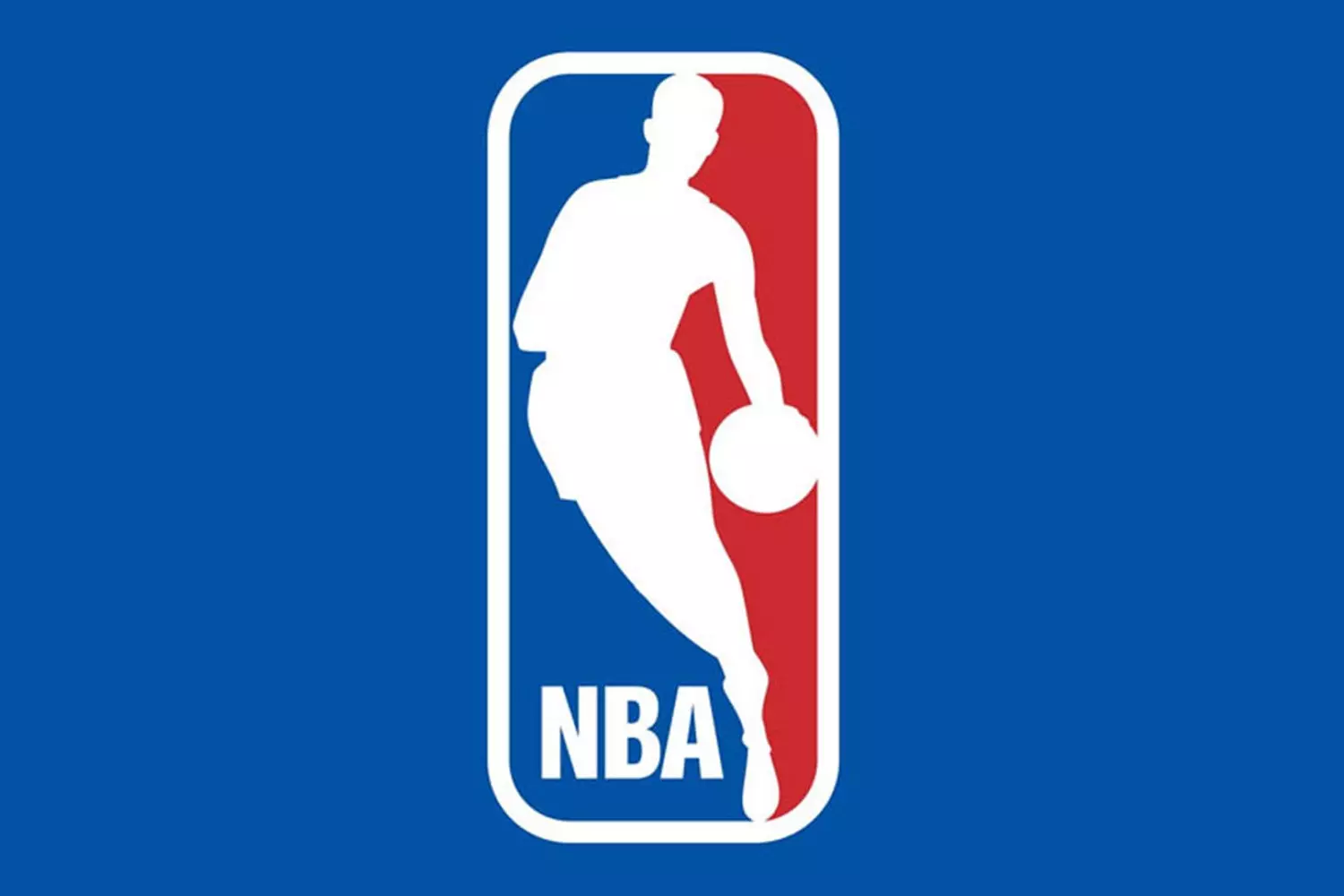
Games take place in various cities, and the clubs themselves are represented across almost the entire country — from Los Angeles to New York. Each team has its own arena, coaches, training system, and army of fans. In the NBA, special attention is paid to entertainment: vibrant match presentation, halftime shows, and a packed schedule make the season intense and predictable only at first glance.
Among all American sports leagues, the NBA is considered the most open to international players. Many basketball players from Europe, Asia, and Africa come to the United States to play at the highest level. Thanks to this, interest in the league has long extended beyond just one country — games are watched in dozens of nations, and broadcasts are available in multiple languages.
The NBA is not only a sporting competition but also a complex organization with a clear management system, its own rules, and commercial interests. It creates the schedule, ensures the fairness of matches, and develops the league considering modern technologies and new audiences.
How the Association Emerged
The National Basketball Association came into being in the mid-20th century — a period when team sports began to actively develop in the United States. The league was founded on June 6, 1946, in New York City, but it was initially called the Basketball Association of America (BAA).
The creators were owners of large hockey arenas. They wanted to fill the venues on days when there were no hockey games, so they decided to promote basketball as a commercially appealing sport. The new tournament became the first organized competition where clubs were based in major cities and played according to a pre-approved schedule. This immediately set it apart from other leagues.
After a few years, it became clear that competition was hindering development. At that time, the National Basketball League (NBL), which included teams with more modest resources, already existed in the country. To combine efforts, the two organizations merged in 1949. This is how the NBA came to be — under its current name.
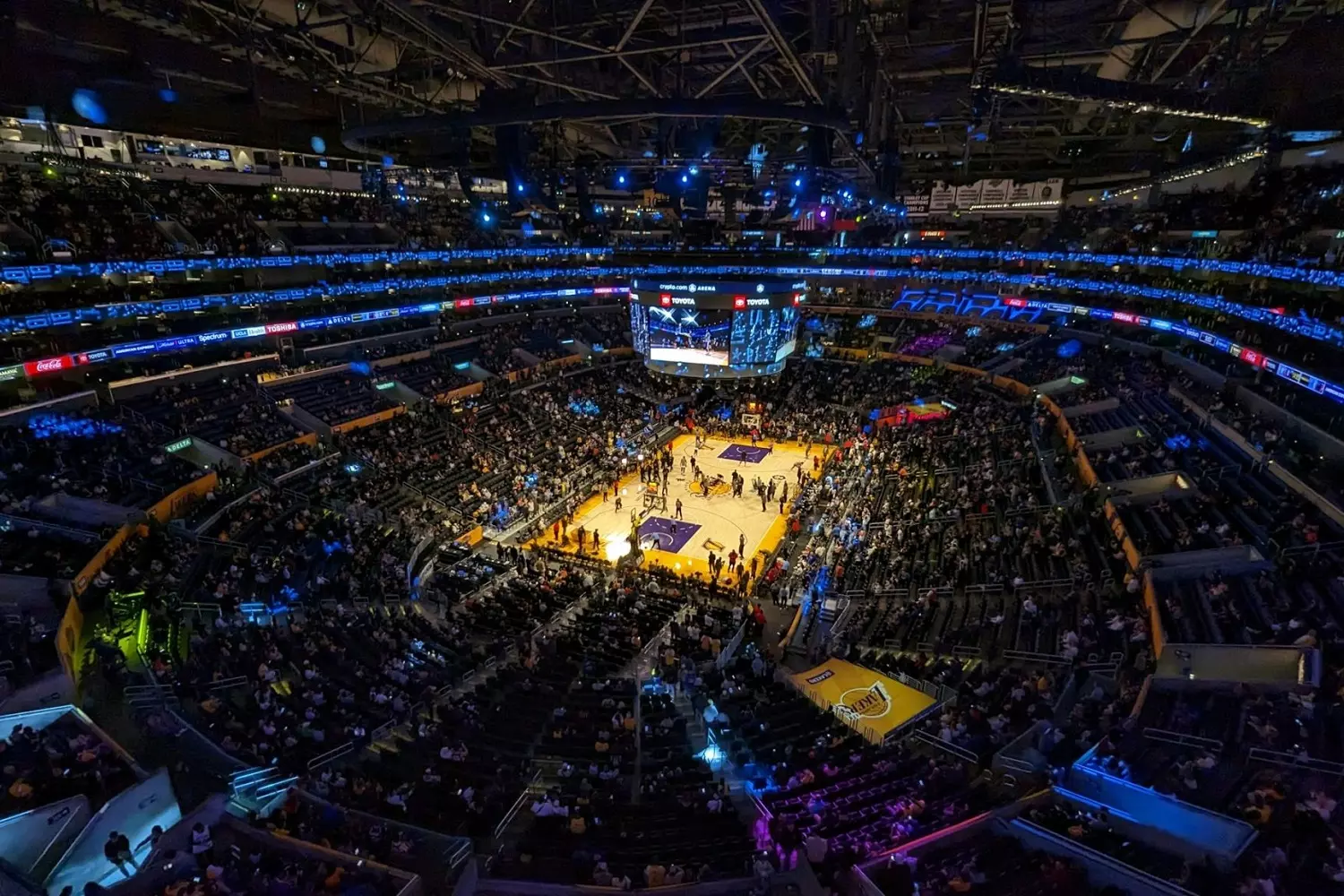
The early seasons were unstable — teams disbanded, funding was often insufficient, and spectators did not yet perceive basketball as a major spectacle. However, step by step, the league strengthened. Strong players emerged, the organization of matches improved, and interest from the press grew.
By the 1960s, the NBA had become a recognizable and stable sports structure. During this time, clubs like the Boston Celtics and Los Angeles Lakers began to come to the forefront. The level of play increased, and the league's stars became true celebrities. Thus, the NBA gradually transitioned from a regional entertainment to the status of an important part of American sports culture.
How the League is Structured
The National Basketball Association consists of 30 teams — 29 from the United States and 1 from Canada (the Toronto Raptors). All clubs are franchises, each owned by private individuals or investment groups.
The season is divided into two main parts — the regular season and the playoffs. In addition to these, preseason games and the All-Star Game are also included in the schedule.
Conference and Division Breakdown
The league is divided into two conferences:
- Eastern Conference.
- Western Conference.
Each conference is further divided into three divisions, with 5 teams in each division.
East:
- Atlantic Division.
- Central Division.
- Southeast Division.
West:
- Northwest Division.
- Pacific Division.
- Southwest Division.
This division simplifies logistics and fosters stable rivalries between neighboring teams.
Regular Season
Each team plays 82 games:
- A portion of the games are against clubs within their own conference.
- The remainder are against teams from the other conference.
The regular season runs from October to April. Based on the results, the teams' standings are determined, and the playoff participants are set.
Playoffs
The top 8 teams from each conference advance to the playoffs. First, play-in games are held between the teams ranked 7th through 10th to determine the final participants.
The playoffs follow a best-of-seven series format:
- First Round.
- Conference Semifinals.
- Conference Finals.
NBA Finals — a series between the winners of the Eastern and Western Conferences
All-Star Game
Around the midpoint of the season, the NBA All-Star Game takes place. This is an exhibition game featuring the best basketball players based on voting by fans, players, and journalists. The weekend also includes a three-point shootout, slam dunk contest, and other entertainment.
Management and Rules
The league is governed by the NBA Commissioner's office — responsible for regulations, discipline, economics, broadcasting, and international development. The current commissioner is Adam Silver.
There is also a draft system — an annual selection of young players who are just starting their careers. This helps maintain balance and gives weaker teams a chance to acquire promising rookies.
This is how the NBA is structured — with a clear framework, a competitive system, and attention to detail. It is precisely this that makes the league one of the most well-organized and popular in global sports.
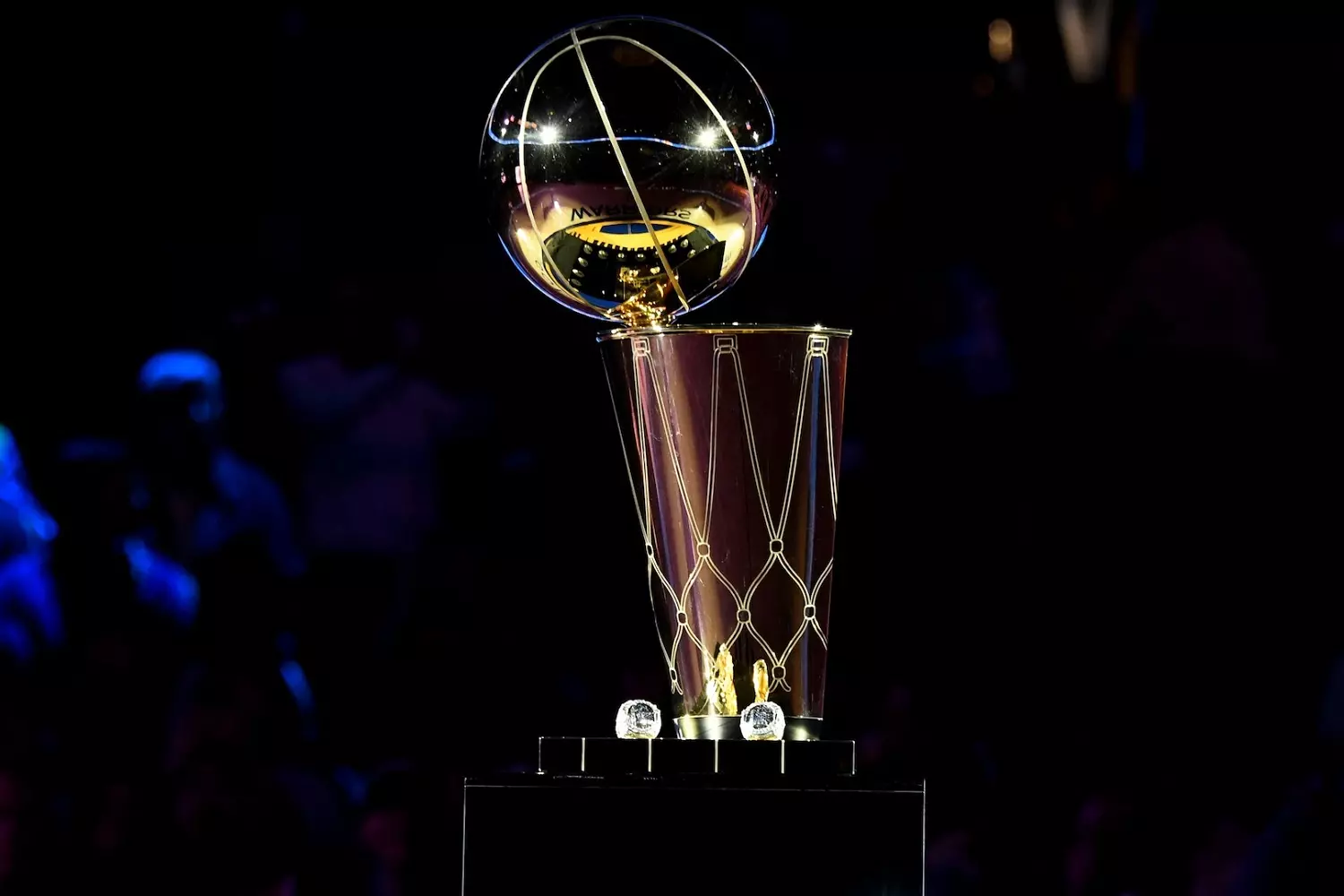
Most Iconic Teams and Players
Over the decades of the NBA's existence, the league has seen the emergence of numerous teams and players who have influenced not only basketball but also popular culture. Some clubs have become symbols of entire eras, and the names of basketball players are known even to those who have never watched a game.
- Los Angeles Lakers
One of the most decorated and recognizable clubs in the league. Based in California, the team has repeatedly become NBA champions. Legends such as Magic Johnson, Kareem Abdul-Jabbar, Kobe Bryant, and Shaquille O'Neal have played for them. In more recent years, the face of the team has been LeBron James. The Lakers are known for their style, on-court entertainment, and a huge global fanbase. - Boston Celtics
A historic rival of the Lakers and another NBA giant. The Celtics dominated the league in the 1950s and 1960s, when, under the guidance of coach Red Auerbach, the team won 11 titles in 13 years. Bill Russell, one of the most outstanding defenders in history, was the central figure of that era. Later, Larry Bird, Paul Pierce, and Kevin Garnett added to the club's glory. - Chicago Bulls
The club that became a symbol of the 1990s. This is where Michael Jordan played — the man who forever changed the perception of basketball. Under his leadership, the Bulls won six championship titles in eight years. Scottie Pippen and coach Phil Jackson also shone alongside Jordan. Even decades later, this period is considered the golden age of the NBA. - Golden State Warriors
In recent years, the team from San Francisco has become a dominant force in the league. With the arrival of Stephen Curry and coach Steve Kerr, the Warriors transformed into a winning machine. Playing fast, spectacular basketball with an emphasis on three-point shots, they set a new style for the entire league. Curry played alongside Klay Thompson, Draymond Green, and, in some seasons, Kevin Durant. - Miami Heat
The club from Florida became particularly prominent after 2000. The Heat featured stars like Dwyane Wade, Chris Bosh, and LeBron James, forming one of the most exciting trios in history. The team won several titles and was remembered for its confident, aggressive play. - San Antonio Spurs
Not the most high-profile, but an incredibly stable team. Under the leadership of Gregg Popovich, the Spurs won five championships from 1999 to 2014. Tim Duncan was at the center of their success, alongside Tony Parker and Manu Ginobili. This club is associated with discipline, tactics, and teamwork. - Individual NBA Legends
In addition to Jordan, Kobe, and LeBron, the league has been memorable for many other players. Wilt Chamberlain — the author of a hundred points in a single game. Allen Iverson — a symbol of street style and perseverance. Shaquille O'Neal — one of the most dominant centers in history. Steve Nash, Dirk Nowitzki, Yao Ming, and Luka Dončić — representatives of different countries who contributed to the globalization of the NBA.
The NBA has always known how to create stars. Many players become not only champions but also cultural icons of their time.
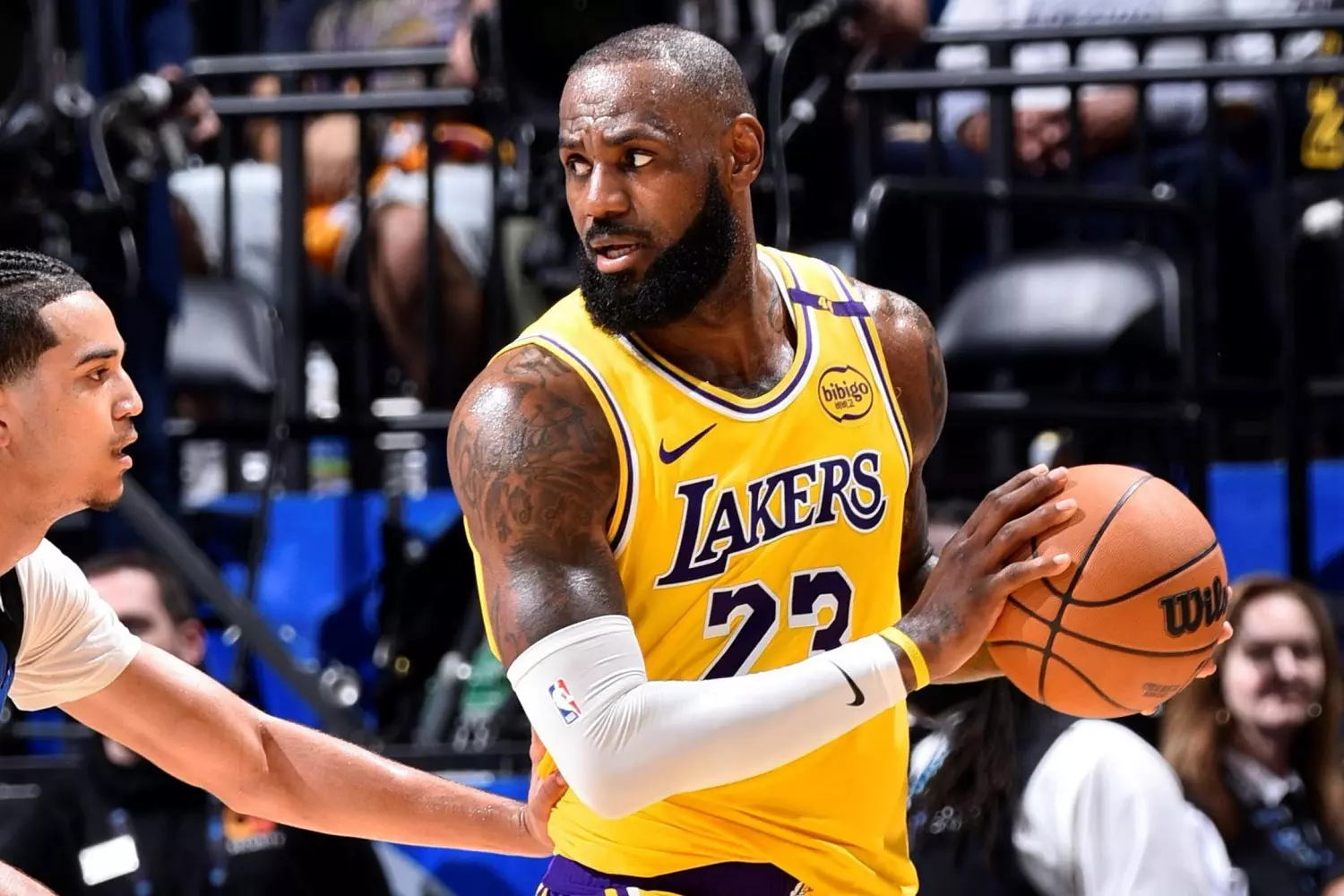
Records and Iconic Moments
The history of the NBA has accumulated numerous records and moments that have become iconic not only for the league itself but for global sports as a whole. Some of these have gone into textbooks, while others have become part of popular culture. Below are some of the most notable ones.
- 100 Points in a Single Game
On March 2, 1962, Wilt Chamberlain set a record that no one has been able to replicate since — he scored 100 points in a single game. The match took place in Hershey, Pennsylvania, and was not even televised. The only photo is of Chamberlain holding a piece of paper with the number 100 written on it. This achievement is considered almost mythical and is still discussed as one of the most outstanding in basketball history. - Michael Jordan's Six Championships
Michael Jordan won six titles with the Chicago Bulls — in 1991, 1992, 1993, 1996, 1997, and 1998. The second "three-peat," when the Bulls dominated after Jordan's return to the league, was particularly impressive. The 1998 Finals against the Utah Jazz and his game-winning shot with seconds remaining is one of the most memorable moments in NBA history. - Kobe Bryant's 20 Seasons with One Team
Kobe Bryant spent all 20 seasons of his career with the Los Angeles Lakers. He became a symbol of loyalty and perseverance. His farewell game in 2016 ended on a high note — Kobe scored 60 points, and the entire arena gave him a standing ovation. It was one of the most emotional moments in the league. - The Three-Point Shot Record
Stephen Curry changed the way basketball can be played. In 2021, he officially became the all-time leader in made three-pointers in NBA history, surpassing Ray Allen. His playing style has had a huge impact on the entire league — now, almost every team builds its tactics with long-range shooting in mind. - The Golden State Warriors' 73 Wins
In the 2015–2016 season, the Warriors won 73 games out of 82, breaking the previous record held by the Chicago Bulls (72 wins in the 1995–1996 season). The team was on a seemingly unstoppable path to the championship but lost in the Finals to the Cleveland Cavaliers, who made a 3-1 comeback — which in itself became another historic event. - The Highest Scorer in History
In 2023, LeBron James surpassed Kareem Abdul-Jabbar for the most career points scored in NBA history. This record had stood for over 30 years. LeBron continues his career and solidifies his status as one of the greatest players of all time. - Dirk Nowitzki's One-Legged Fadeaway
German forward Dirk Nowitzki is remembered not only as the first European to become MVP but also for his signature one-legged fadeaway jump shot. It became iconic and has been adopted by many players of the new generation. In 2011, Nowitzki led the Dallas Mavericks to a championship, defeating the Miami Heat with their star-studded roster. - The 2016 Finals — The 3-1 Comeback
The Cleveland Cavaliers, led by LeBron James, became the first team in history to win a Finals series after being down 3-1. This happened against the Golden State Warriors, who had just set the regular-season wins record. Cleveland's victory was historic — it was the city's first major sports title in 52 years.
Each of these moments has become part of the unique tapestry of the NBA — a league where sport, drama, and history go hand in hand. It is such events that shape the league's image as the premier basketball arena in the world.
Miami Heat basketball team
The NBA Today
The modern NBA is not only the strongest basketball league in the world but also a global media product. Games are watched in over 200 countries, and basketball itself has long transcended American culture. The competition format, player marketability, broadcasts, marketing, and fan engagement have all made the NBA an example for other sports organizations.
Globalization of the League
One of the main trends of recent years is international expansion. More and more players from Europe, Asia, Africa, and Latin America are becoming stars in the league. Luka Dončić (Slovenia), Nikola Jokić (Serbia), Giannis Antetokounmpo (Greece), Pascal Siakam (Cameroon) are just a few names among the dozens of talented international players who play leading roles.
The league actively holds exhibition games and training camps outside the United States. Basketball development programs are being implemented in China, India, Africa, and even the Middle East.
New Formats and Technologies
The NBA is constantly updating its format. In 2023, the "in-season tournament" was introduced — a separate mini-competition held during the regular season. It added interest to the middle of the season and attracted a new audience.
Digital technologies are also being actively implemented: in-depth statistics, VR broadcasts, real-time analytics, and personalized mobile applications. This enhances fan engagement.
The Role of Players Off the Court
Modern basketball players are not just athletes but also full-fledged public figures. Many of them are actively involved in charity, business, and social initiatives. Players freely speak out on issues of racial justice, equality, and human rights.
This openness makes the league vibrant and modern. It's not just about sports but also about values that are important to younger generations.
The Financial Side
The NBA remains one of the most profitable leagues in the world. Player contracts are worth tens and hundreds of millions of dollars. At the same time, a strict salary cap and luxury tax are maintained to avoid excessive imbalances in team strength.
Current Stars
LeBron James is still playing and continues to rewrite records. Joel Embiid, Jayson Tatum, Jamal Murray, Anthony Edwards, Shai Gilgeous-Alexander, and Victor Wembanyama are representatives of the new generation who are shaping the face of the league.
Season after season, there is a natural changing of the guard among the leaders, and every year new stars emerge who are capable of changing the course of history.
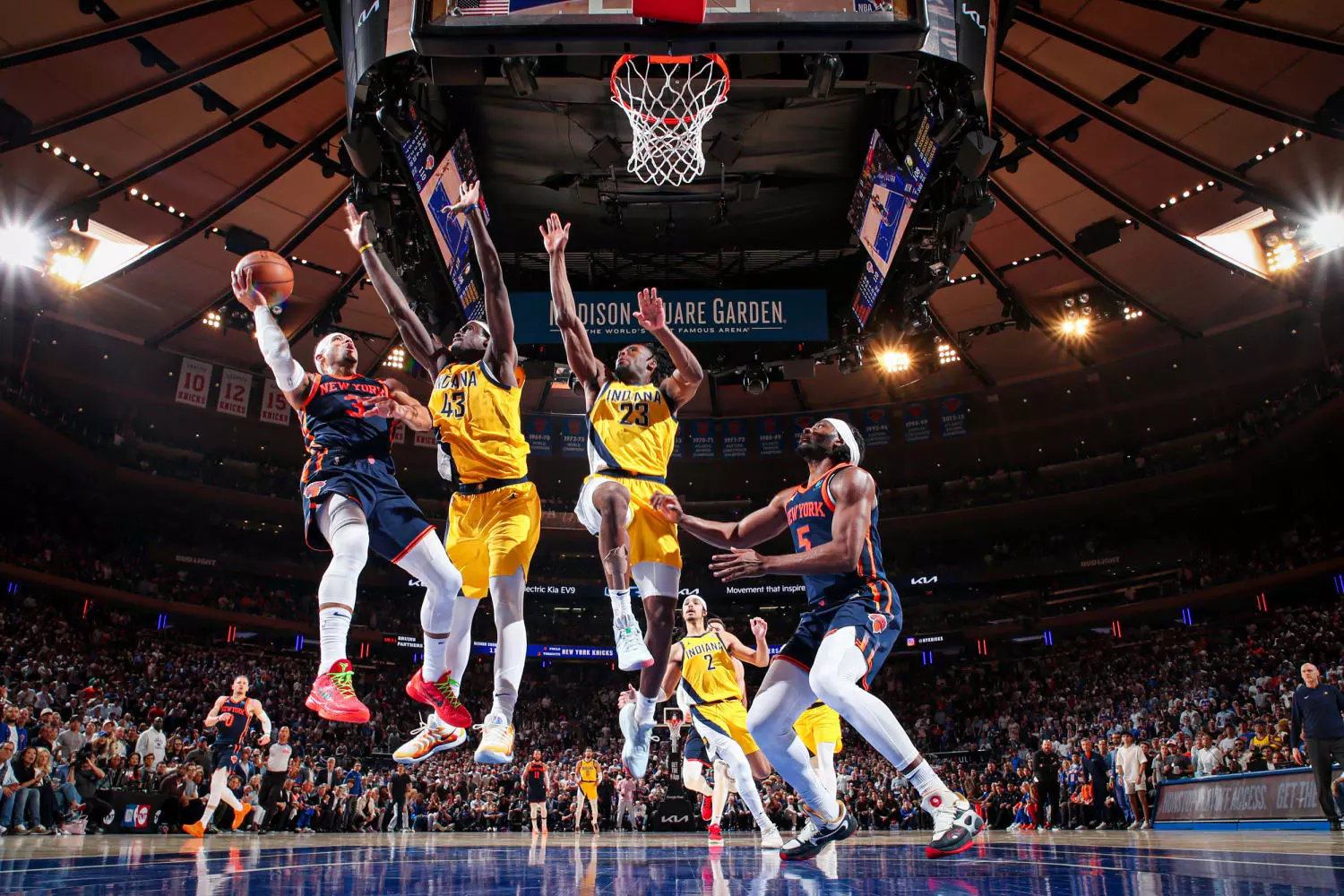
The NBA is not just a sports league but a living organism that is constantly evolving. From its first steps in the mid-20th century to the global empire it is today, its journey has been rich, complex, and inspiring. Millions of people follow the NBA, and in each new season, they find something to tune in and root for — a team, a player, or simply beautiful basketball.














